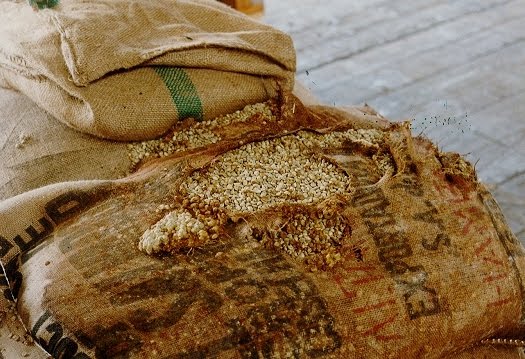21++ Hygroscopic Cargo
Hygroscopic Cargo. When excessive moisture occurs, this can lead to cargo damage resulting in mildew or rot. Cargo with a high fibrous construction (such as cotton, apparel, jewelry boxes, etc.) will hold a certain amount of moisture at origin that can be released under the right cooling conditions.

Vessels that carry hygroscopic products, such as sugar, cotton, coffee, cocoa etc have a natural moisture inside them. Check out all of the industries we work with below and click on each one to learn more and to view our products. Packaging is often made from hygroscopic materials, which means materials that absorb and hold moisture.
hotte casquette 90 cm gaz butane bouteille hindi video song 2018 full hd highly inelastic demand curve
Articles Fertiliser Cargo Do You Know Your Caked from
Cargo which readily absorbs, contains and gives off moisture, are called hygroscopic cargo. A hygroscopic cargo with a moisture content and temperature such that water vapour will leave the cargo and enter the hold air will result in the build up of moist air and increase the risk of sweat. Indeed, in some circumstances ventilation may lead to cargo damage. Thus, when a container is shipped across climatic zones, the cargo adjusts to the changing ambient temperatures much more slowly than the container walls and the air.

To prevent cargo from sifting into the bilge well. This water leads to significant heating and spreading of moisture in the cargo. Vessels that carry hygroscopic products, such as sugar, cotton, coffee, cocoa etc have a natural moisture inside them. Thus, when a container is shipped across climatic zones, the cargo adjusts to the changing ambient temperatures much more slowly.

Cargo damaged due to water being present in a cargo hold, as a result of a leak in the hull plating is said to be damaged by: Grain, flour, tobacco, etc, and concentrates, coal etc. An endorsement issued by a flag state administration to a certificate of competency of a ship’s officer allowing service on dangerous cargo carriers. Of decisive.

Check out all of the industries we work with below and click on each one to learn more and to view our products. Cargo damaged due to water being present in a cargo hold, as a result of a leak in the hull plating is said to be damaged by: 24 hazards 24 safe practice 24 8 case studies 26.

When excessive moisture occurs, this can lead to cargo damage resulting in mildew or rot. Cargo which readily absorbs, contains and gives off moisture, are called hygroscopic cargo. Hygroscopic cargoes are mainly of vegetable origin such as grain, flour, cotton, tobacco, wood and the like, all of which are affected by the humidity of the atmosphere, attracting, retaining and giving.

Packaging is often made from hygroscopic materials, which means materials that absorb and hold moisture. As the ship proceeds from a warm region to a cold region it will experience a gradual drop in the temperature and a drop in the dew point. Cargo which readily absorbs, contains and gives off moisture, are called hygroscopic cargo. Capable of absorbing moisture.

If your cargo and packaging are not hygroscopic, then you have little to worry about. Thus, when a container is shipped across climatic zones, the cargo adjusts to the changing ambient temperatures much more slowly than the container walls and the air. Hygroscopic cargo advertisements cargo which readily absorbs, contains and gives off moisture, such cargoes are mainly of vegetable.

This type of cargo is mainly plant products, which absorb, retain, and release water within the cargo. A hygroscopic cargo is defined as a cargo _____. Organic matter, such as grains, animal feed, seed cake, timber or wood pulp, may decompose or ferment when exposed to sweat. What is a hygroscopic cargo? 24 hazards 24 safe practice 24 8 case.

If your cargo and packaging are not hygroscopic, then you have little to worry about. Thus, when a container is shipped across climatic zones, the cargo adjusts to the changing ambient temperatures much more slowly than the container walls and the air. Conventional hygroscopic cargo with regards to the air in the cargo space and instead the cargo interacts only.